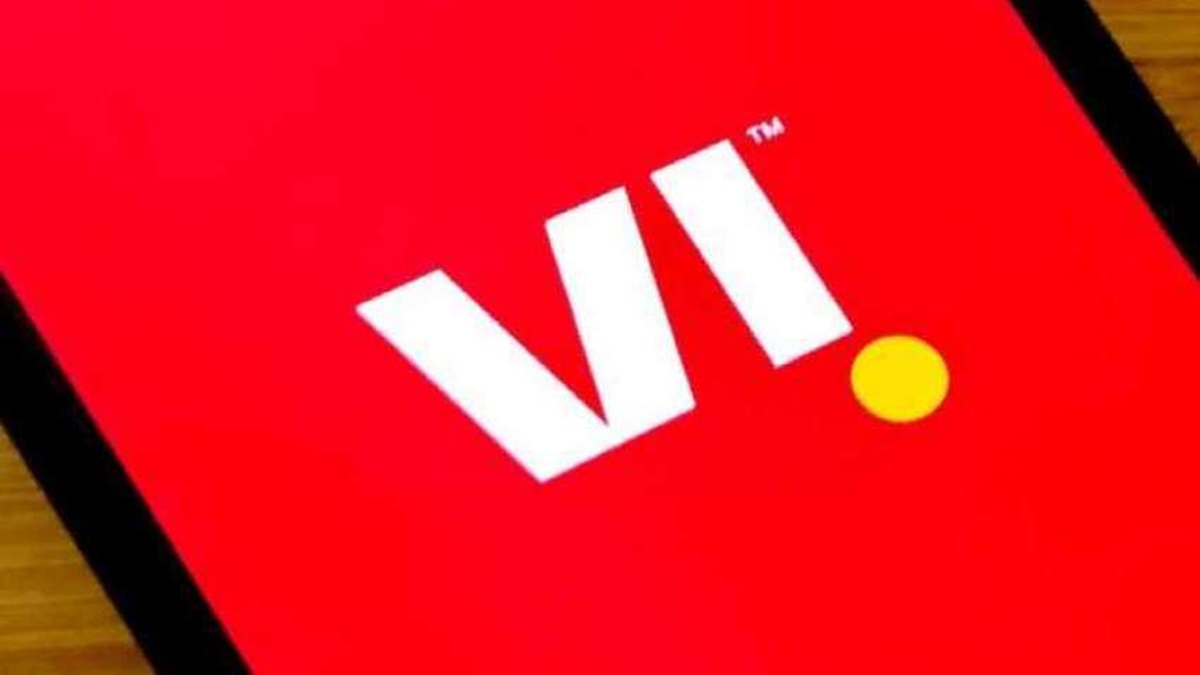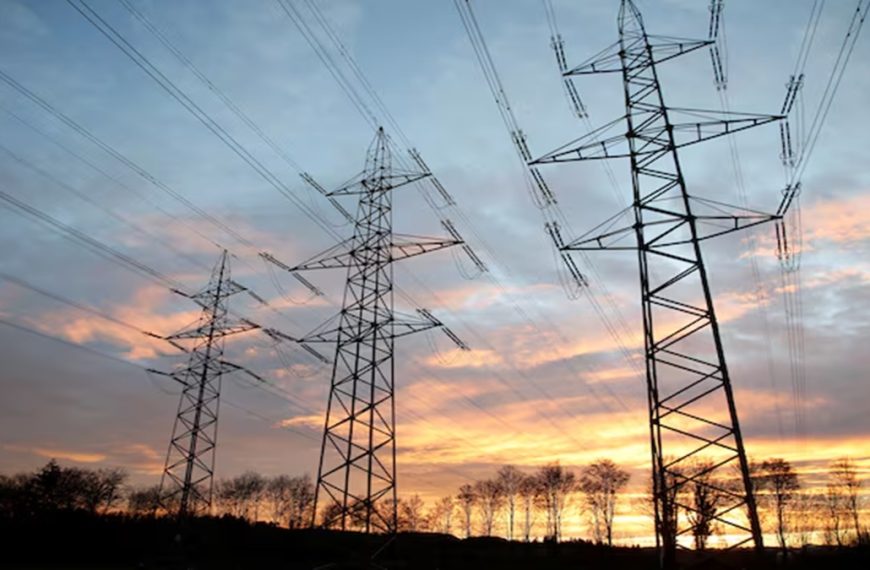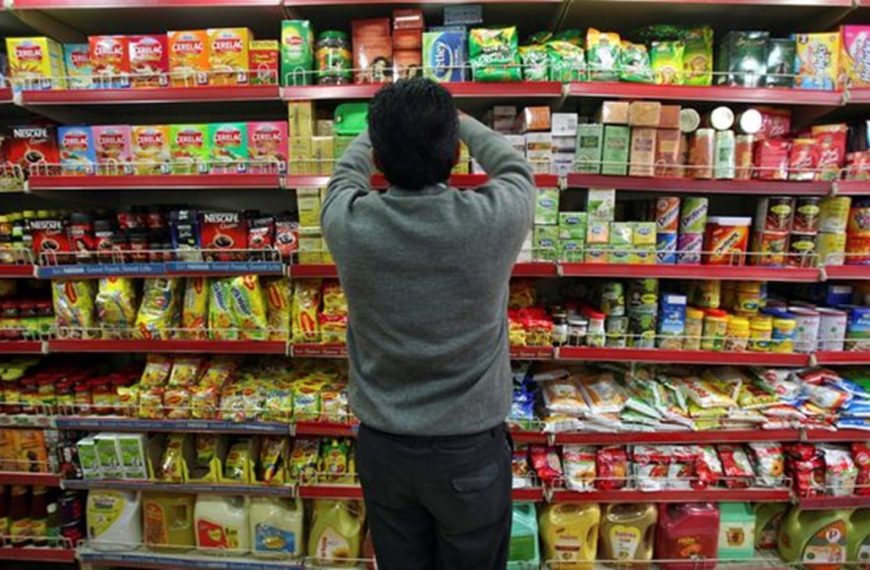The recent announcement from the central government to convert a portion of Vodafone Idea’s spectrum debt into equity is set to provide significant financial relief for the struggling telecommunications company. This strategic move not only boosts Vodafone Idea’s cash flow but also enhances the growth outlook for Indus Towers, a key player in the telecom infrastructure space. Analysts are optimistic about the implications of this decision, suggesting it will positively impact both companies in the coming years.
Positive Impact on Indus Towers
With Vodafone Idea being one of its major clients, Indus Towers stands to gain from the telco’s renewed focus on network expansion. The conversion of debt into equity means that Indus Towers can expect a more stable revenue stream as Vodafone Idea ramps up its infrastructure efforts.
- Analyst Insights:
- According to IIFL, the debt-to-equity conversion is a medium-term positive for Indus Towers, provided Vodafone Idea maintains its revenue market share around 15%.
- Ambit Capital noted that Vodafone Idea is enhancing its infrastructure by deploying both macro sites and high-powered small cells, where Indus predominantly leads the market.
The news has already had a favorable effect on investor confidence, with Indus Towers’ shares climbing by 5.54% on the BSE, closing at Rs 352.60. This surge followed the government’s announcement, which came just before the markets closed for Eid.
Growth Projections for Vodafone Idea
Looking ahead, analysts project that Indus Towers could capture as much as 66% of the market share in Vodafone Idea’s network expansion efforts between FY25 and FY28. In the third quarter of FY25, Vodafone Idea added 4,000 sites, with Indus Towers managing to account for 2,600 of these installations.
- Infrastructure Expansion:
- Vodafone Idea’s spectrum bands align closely with those of its competitor, Bharti Airtel, which has also extensively utilized Indus Towers for its network rollout.
- In contrast, Jio operates on a different frequency band and has partnered primarily with Altius Infra for its infrastructure needs.
As of December 31, 2024, Indus Towers boasted 234,643 towers, marking an increase of 4,985 from the previous quarter. Meanwhile, colocations surged to 386,819, up by 7,583, driven largely by Vodafone Idea’s intensified network expansion.
Financial Implications for Both Companies
The easing of cash flow for Vodafone Idea is anticipated to foster an environment where Indus Towers can more effectively recover outstanding payments. In the third quarter, Indus Towers reported an allowance for doubtful receivables of Rs 524.6 crore, a significant drop from the Rs 5,385.3 crore recorded at the end of March 2024.
Following the announcement of the debt-to-equity conversion, which amounts to Rs 36,950 crore, Vodafone Idea witnessed a substantial increase in its stock price, soaring 18.94% to reach Rs 8.10 on the BSE. Analysts believe this government intervention provides a clearer path for Vodafone Idea’s survival, even if regaining market share remains a challenging endeavor. At one point during trading, shares jumped 25.8% to reach Rs 8.57, with over 2.6 billion shares changing hands.
Conclusion
Overall, the government’s initiative to convert spectrum debt into equity not only brings much-needed relief to Vodafone Idea but also opens up new avenues for growth for Indus Towers. As both companies navigate the evolving landscape of the telecommunications industry, their partnership will be crucial in meeting the demands of a competitive market.
For more insights on the telecom sector, consider exploring related articles on market trends and company strategies.











